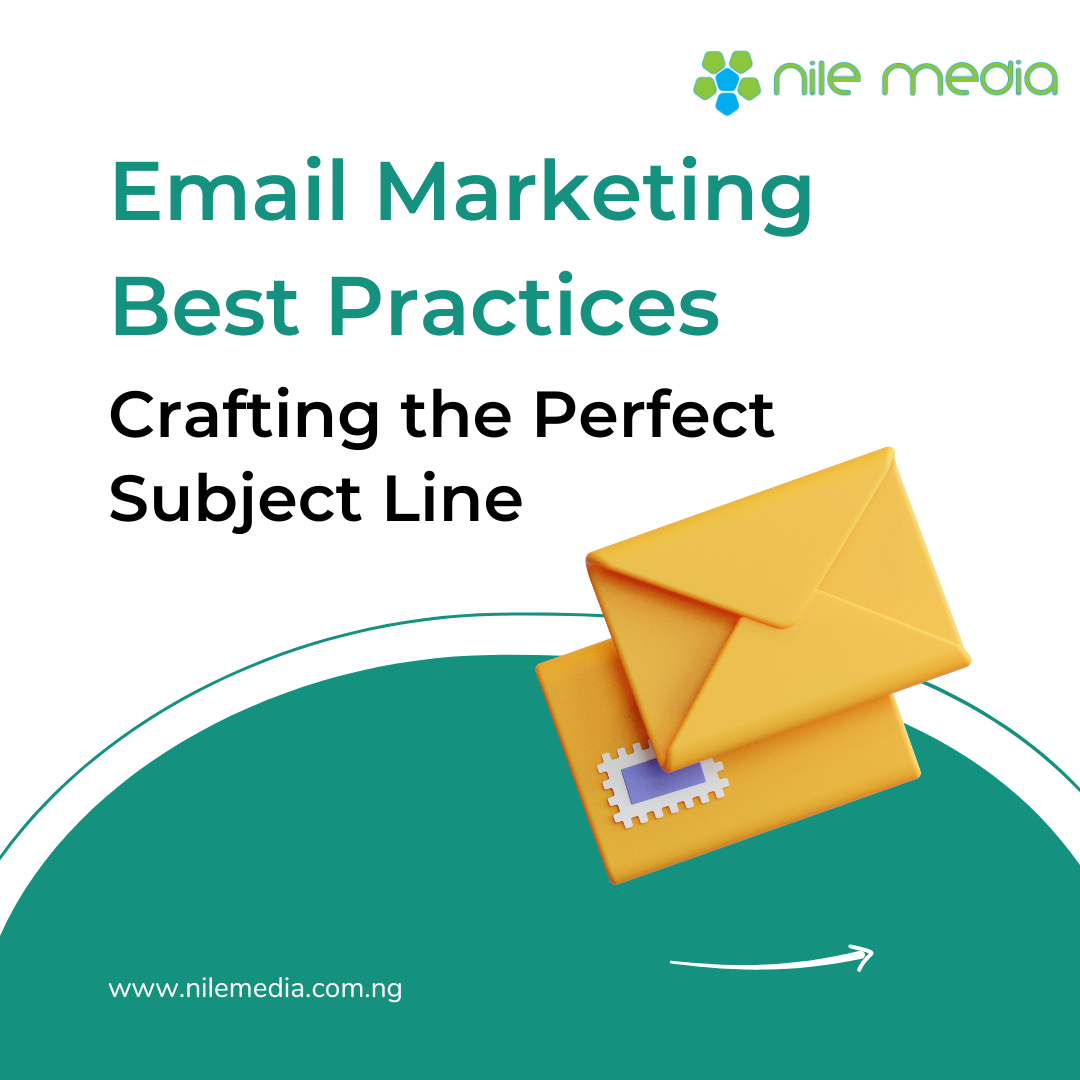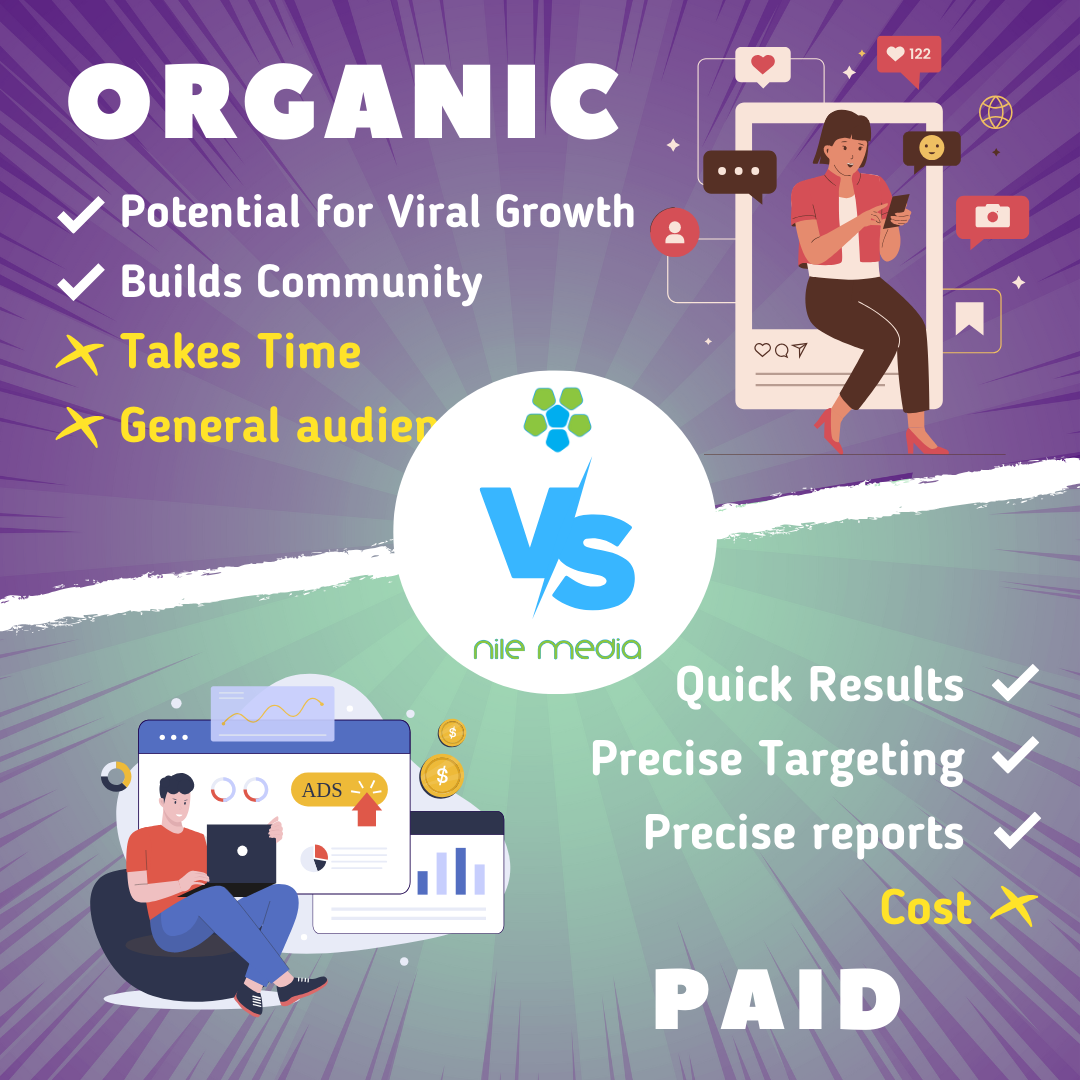In today’s digital landscape, content marketing is more than just a buzzword—it’s a fundamental component of any successful marketing strategy. A well-crafted content marketing strategy not only helps in building brand awareness but also in driving customer engagement and conversions. Here’s a step-by-step guide to creating a winning content marketing strategy that aligns with your business goals and resonates with your target audience.
1. Define Your Objectives
Before diving into content creation, it’s crucial to establish clear, measurable objectives. Ask yourself what you want to achieve with your content marketing efforts. Common goals include:
- Increasing Brand Awareness: Making more people aware of your brand.
- Generating Leads: Attracting potential customers who show interest in your products or services.
- Boosting Sales: Converting leads into paying customers.
- Enhancing Customer Engagement: Building stronger relationships with your audience.
- Improving SEO Rankings: Increasing your website’s visibility on search engines.
Having specific goals will guide your content creation and ensure that your efforts are aligned with your overall business objectives.
2. Understand Your Audience
To create content that resonates, you need to know your audience inside and out. Conduct thorough research to understand:
- Demographics: Age, gender, location, and occupation.
- Psychographics: Interests, values, and lifestyle.
- Pain Points: Challenges and problems your audience is facing.
- Content Preferences: The type of content they consume and engage with (e.g., blogs, videos, infographics).
Creating buyer personas—a detailed representation of your ideal customers—can help in visualizing and targeting your audience more effectively.
3. Perform a Content Audit
Evaluate your existing content to understand what’s working and what’s not. Identify:
- Top-Performing Content: Which pieces of content have generated the most engagement or conversions?
- Content Gaps: Areas where your content is lacking or where there is a demand for more information.
- Outdated Content: Content that is no longer relevant or accurate.
A content audit helps you refine your strategy by leveraging successful content and addressing any deficiencies.
4. Develop a Content Plan
A detailed content plan acts as a roadmap for your content marketing efforts. It should include:
- Content Topics and Themes: Based on your audience research and content gaps.
- Content Types: Decide on the formats (blogs, videos, infographics, podcasts) that will best deliver your message.
- Content Calendar: Schedule when and where each piece of content will be published. A content calendar helps in maintaining consistency and ensures timely delivery.
5. Create High-Quality Content
Content quality is key to engaging your audience. Focus on:
- Value: Ensure your content provides real value to your audience, whether it’s through information, entertainment, or solutions to their problems.
- Originality: Offer unique perspectives or insights that differentiate you from competitors.
- Clarity and Readability: Use clear, concise language and ensure your content is easy to read and understand.
- Visual Appeal: Incorporate high-quality images, videos, and graphics to enhance the visual appeal of your content.
6. Optimize for SEO
Search engine optimization (SEO) is essential for making your content discoverable. Implement SEO best practices:
- Keyword Research: Identify relevant keywords and phrases that your audience is searching for.
- On-Page SEO: Optimize content elements like titles, headings, meta descriptions, and URLs.
- Internal Linking: Link to other relevant content on your site to keep users engaged and improve site navigation.
- External Linking: Link to authoritative sources to enhance credibility and provide additional value.
7. Promote Your Content
Creating great content is just the beginning; promoting it is crucial for reaching a broader audience. Utilize various channels:
- Social Media: Share your content across social platforms to increase visibility and engagement.
- Email Marketing: Send content to your subscribers to drive traffic and keep your audience informed.
- Paid Advertising: Use paid promotions to boost your content’s reach and target specific audiences.
- Partnerships and Influencers: Collaborate with influencers or industry partners to expand your content’s reach.
8. Measure and Analyze Performance
Track and analyze your content’s performance to understand its impact and make data-driven decisions. Key metrics to monitor include:
- Traffic: The number of visitors to your content.
- Engagement: Likes, shares, comments, and other forms of interaction.
- Conversions: How many visitors are taking desired actions, such as signing up for a newsletter or making a purchase.
- SEO Performance: Keyword rankings and organic search traffic.
Use tools like Google Analytics, social media insights, and marketing automation platforms to gather and analyze data.
9. Adjust and Optimize
Based on your performance analysis, make necessary adjustments to your content strategy. This might involve:
- Refining Content Topics: Based on what resonates most with your audience.
- Improving SEO: Updating keywords or optimizing underperforming content.
- Enhancing Promotion: Adjusting your promotional tactics to improve reach and engagement.
Conclusion
Creating a winning content marketing strategy requires a thoughtful approach and ongoing effort. By defining your objectives, understanding your audience, and continuously measuring and optimizing your efforts, you can develop a strategy that not only drives engagement but also supports your business goals. Remember, content marketing is a dynamic field, so stay adaptable and open to new trends and techniques to keep your strategy effective and relevant.









